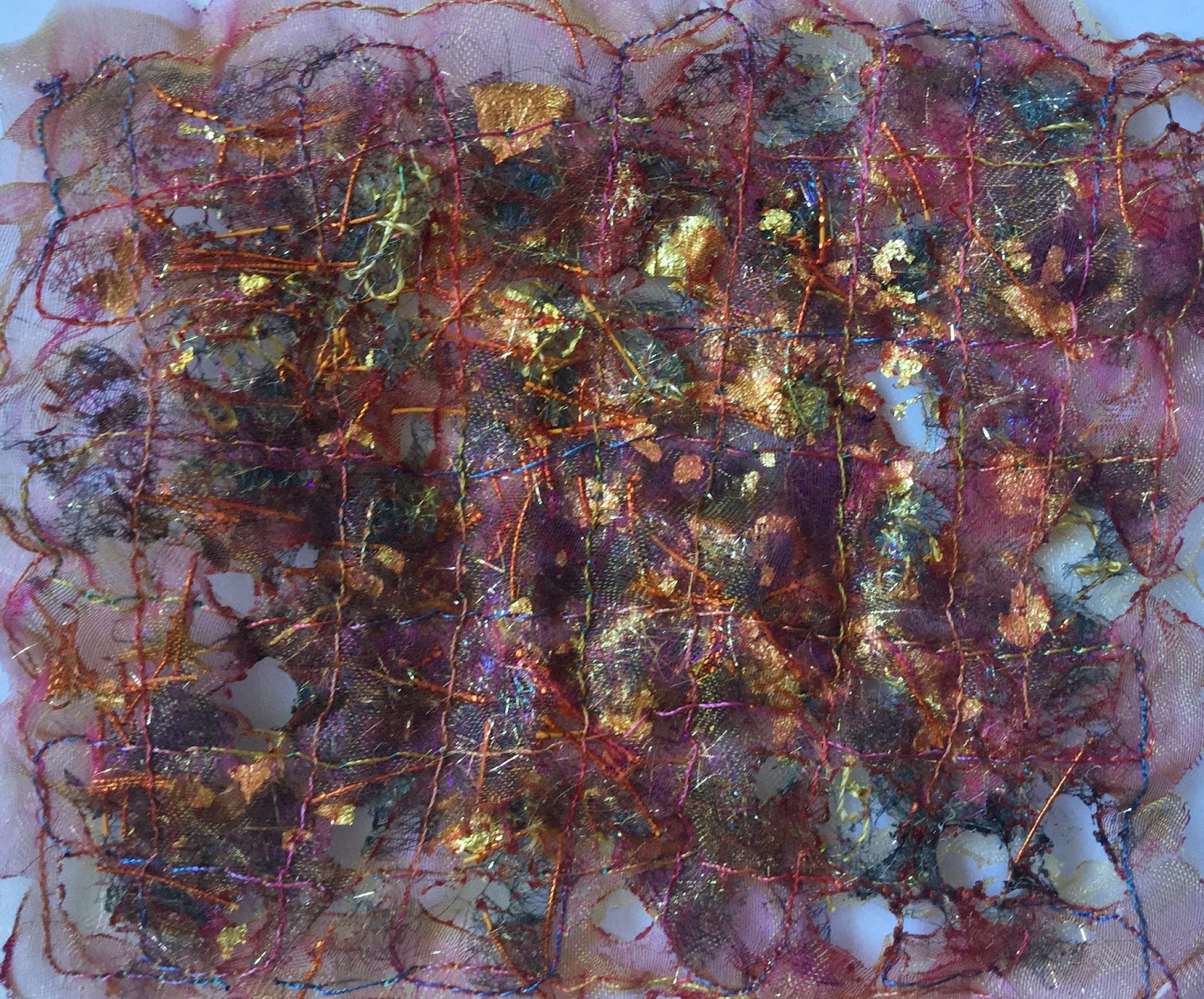The questions was asked, "what uses shadows?" so I thought of my list including the suggestions of sundial and shadow puppets.
Churches and cathedrals use light to create atmosphere - columns and arches and stained glass all create atmosphere. Galleries and museums also use light and shadow to exhibit work in the most advantageous situations
Woods and gardens with areas of shade create the correct environment for some plants. Creepy films use shadow to scare you; ancient man used light and shadow to tell the time of year, the solstices and the passing of time - such as at Stonehenge.
Bedrooms are most restful in shade; parasols, umbrellas and sunshades all provide shade to relax.
Many artists use shade to create atmosphere. Those whom I especially like are Caravaggio, Rembrandt, da Vinci, Vermeer and Velasquez and I have downloaded some pictures of their work and others.
Page 21. Images using shadow
I found some evocative poems which describe light and shadow. They are both sad but also beautiful and words from them can be used to create atmosphere in stitch
Page 21. Poetry about light and shade
Creating shadows
Craft wire was shaped into a shape too complex to stitch, so shaped again this time like a star from the Starry night work
Page 22. Craft wire shapes and shadows
The shadows from each are drawn and a more simple shape used for stitching
Shapes of shadows.
I took the simple shadow of the star as my shadow image to use for the paper, fabric, thread work
Paper as a shadow
I used black cartridge paper as a base layer, silver fibrous tissue paper and waxed white tissue paper were used as the layers and silver thread on the top, black thread on the bottom used to stitch the three together. Then small areas were cut away to reveal the black beneath.
Page 22. Paper
Fabric as a shadow
I made two samples using fabric. The first was based with black felt to stabilise, then black satin, pale blue organza, stitched and burned to reveal the black layer, then white organza layered over and stitched with metallic variegated thread.
Page 22. Fabric
Fabric 2
The base was Vilene, then chiffon shapes as shadows covered with a layer of white chiffon and stitched with silver metallic thread on top and white on the bobbin.
Page 22.
Stitch as shadow.
I used the star shape and stitched it three times; once with black thread, once with black and gold threads in the same needle and once with variegated gold thread all in granite stitch. The background fabric is chiffon supported on vilene with a vermicelli stitch.
I mis-read the brief and didn't add the translucent layer until later in my book where I attached a layer which can be raised to show the sample beneath.
Page 23. Stitch as shadow.
Development
Line to define areas. Using mark-making exercises from Module 1 Chapter 8, I took and image from the internet of light through leaves as a) there was no sun, b) no broadleaf trees in leaf in March. Using LL framing I found ad interesting area and traced it to stitch'n'tear and stitched the outline of differently shaded areas.
Page 23. The image with area to be used cut away
Layers stitched and cut away
I used five layers of organza with Vilene as a stabiliser and having stitched the outlines, cut away through the layers to the colour best able to describe the areas of light and shade. Then fine and thick lines were stitched to create the light and shade in the image.
Page 23. Line to define areas
Stitch and line as shadows
An image from the internet was chosen and the design transferred to a black supporting felt. The pieces of organza were secured to the felt with temporary spray adhesive. Then a layer of organza was overlaid over all the areas and stitching done. When completed the black felt was exposed using a soldering iron to cut away the layer of organza
Page 24 The source image
Page 24. The stitched image
Violet and yellow are opposites on the colour wheel so I used yellow and purple net an trapped threads, silk rods, silk tops and tribal nylon between the layers. The piece was stabilised on stitch'n'tear and and bit of a grid stitched to hold in place. Then each area was stitched with an automatic pattern in the same colour as the layer. In a couple of areas two threads were used in the needle. I had hoped to create depth and light, but not sure if this worked, though. A shotgun was applied to burn through where it would work and the edges were sealed with a flame. Some gilding wax was applied to the yellow area on the left.
Page 25. Experiment with light and shade



























































